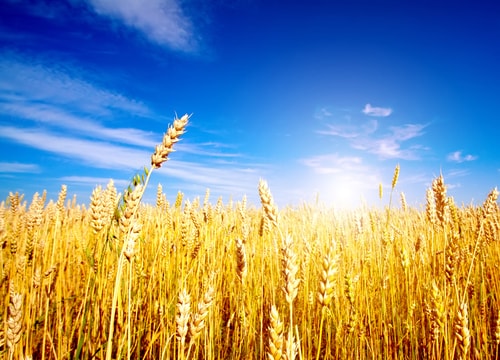Uniform wheat stands among the strategies to try and implement
By Diego Flammini, Farms.com
With planting season sneaking up, farmers are always using a simple equation.
Use X (resources, equipment, etc.) to figure out how to get the biggest Y (yield).
When it comes to wheat (or any crop, really) farmers are always looking for an upper-hand or a new way of going about planting to get that extra bushel and more importantly that extra dollar.
Here are some tips farmers can entertain when planting their wheat in the spring or winter.
Know what type to plant
As plant genetics and breeds continue to evolve, farmers should choose their seeds based on yield but keeping a close eye on their resistance to certain diseases including leaf rust, bacterial streak and common root rot.
Know where to plant
Obviously, planting the wheat where it’s going to have the best chance to produce is the ideal practice. The best way to determine where to plant is by conducting a soil test before planting and fertilizing.
Know what kind of fertilizer to use
Doing soil tests will help better determine the kind of fertilizer to use. Along with phosphorous and potassium, keep an eye on micronutrient levels to ensure accuracy.
Maintain a consistent seeding depth
Ideally, a seed depth of 1 to 1.5 inches is a good depth to start with. Seeds should be planted based on the field’s characteristics. For example, seeds being planted in a very dry field should be planted deeper to find moisture.
Planting rates
Michigan State University’s Extension recommends a rate ranging from 1.4 to 2.2 million seeds per acre.
Try these tips and let Farms.com know if they worked for you. Or if you have any tips of your own, please share them.

Wheat